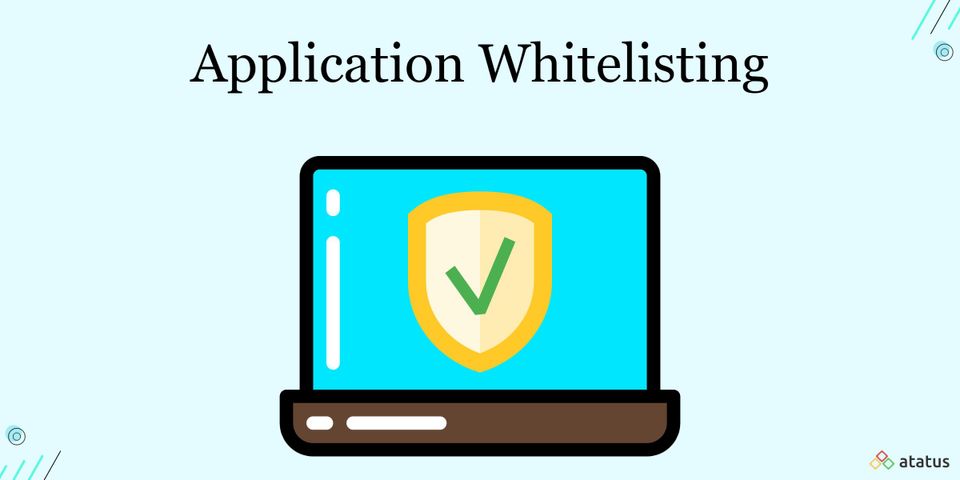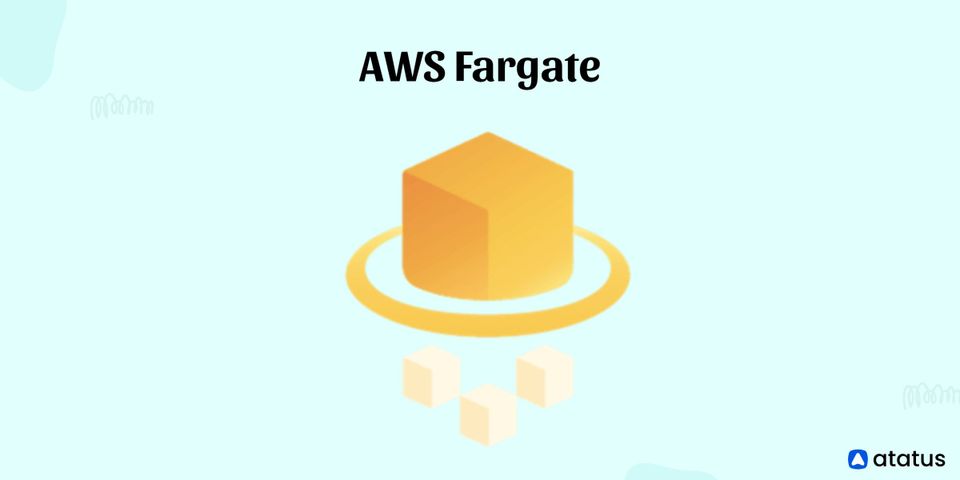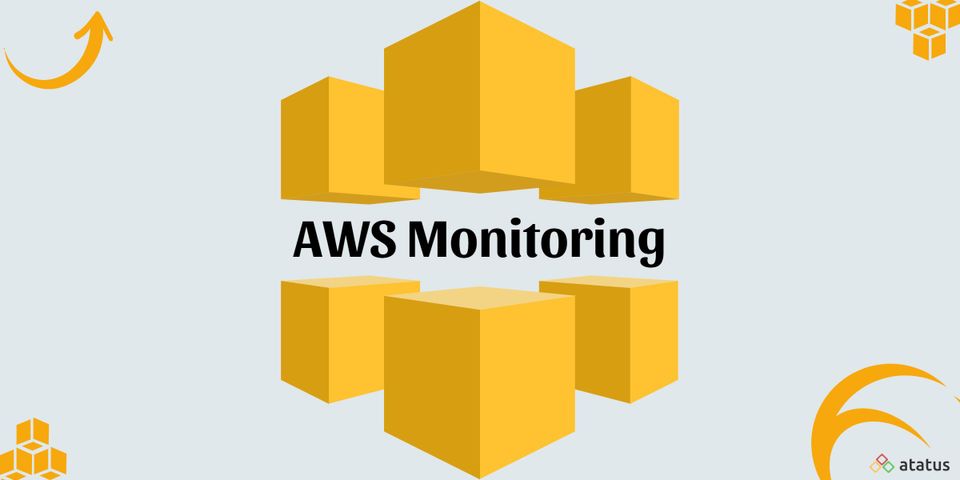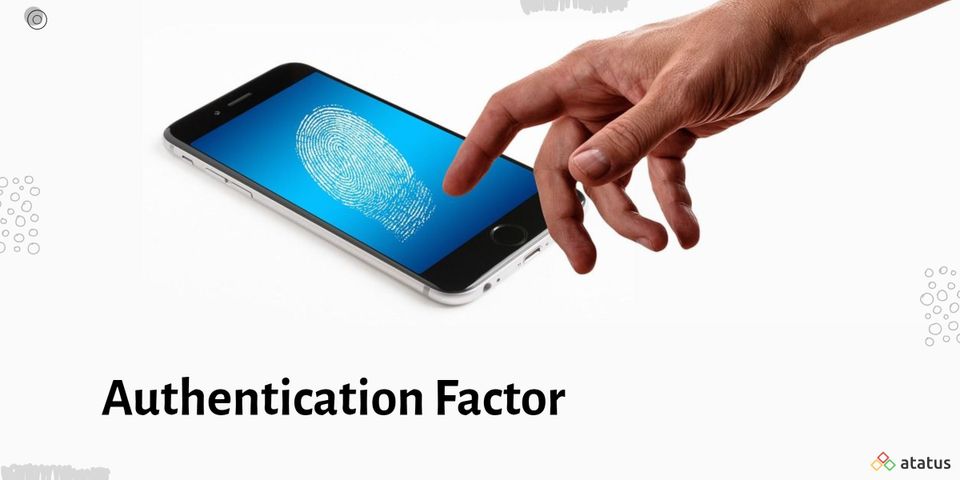People have started to depend on applications for even the simplest tasks as a result of continuous technological innovation, supported by major and small vendors equally releasing new applications by the minute. Vendors usually focus on open source code to construct their applications due to increased demand and a lack of time. Attackers have begun to take advantage of this trend by embedding backdoors into open source code, allowing them to quickly launch malware or steal data.
You can have complete control by creating application whitelists.
Here how it’s done:
- What is Application Whitelisting?
- How Does Application Whitelisting Work?
- Types of Application Whitelisting
- Application Control vs Application Whitelisting
- Benefits of Application Whitelisting
What is Application Whitelisting?
The practice of developing a list of trusted applications and enabling only those applications to function on controlled devices is known as application whitelisting. The concept of enabling only what you trust should not be taken lightly, given that applications are frequently the target of cyberattacks, resulting in significant financial losses or massive data spillage. Whitelisting is a method of protecting computers and networks against potentially malicious software.
You can effectively ban all programs that have not been pre-approved by implementing an application whitelisting method. By prioritizing traffic flows, not only actively prevents malware from entering your business infrastructure, but also leads to more competent resource and productivity management.
Application whitelisting tools are particularly created with the features that a business will require in order to whitelist properly. It might be anything from whitelisting an executable name, a path, or even establishing an application signature to compare in a database. It may even employ all of the above, as well as heuristics, to estimate an application's risk score for maximum security.
How Does Application Whitelisting Work?
A program that wants to run is checked against a whitelist and is only allowed to run if it appears on the list. A secondary technique known as hashing is sometimes used to secure a program's integrity, ensuring that it is the program that it appears to be and eliminating programs designed to imitate approved programs in order to get permission to operate.
Application whitelisting gives administrators, rather than end-users, control over which programs are allowed to operate on a user's workstation or on a network. Under normal operating methods, the end-user would be able to choose and execute whatever software he wanted on his own computer.
Building a list of permitted applications is the first step in implementing application whitelisting. The whitelist can either be included in the host operating system or given by a third-party vendor. The most basic kind of whitelisting allows the system administrator to specify file parameters such as file name, file path, and file size associated with whitelisted applications.
Types of Application Whitelisting
Only validated and whitelisted files and processes are allowed to run using application whitelisting, which makes use of a range of application file and folder properties. According to the National Institute of Standards and Technology (NIST), there are five different types of application whitelisting that you may employ to secure your applications.
- File Path Whitelisting
File path whitelisting is a frequently used type of whitelisting, which permits any application on a certain path to run. There are two types of file path whitelisting: directory-based whitelisting, which allows all files in the directory and subdirectories, and complete file path whitelisting, which allows only the provided filename matching the file path. - File Whitelisting
The file's name can be used as an attribute as well. To achieve strong security, filename whitelisting is frequently used in conjunction with other attributes. Because filename whitelisting is utilized as a stand-alone property, it can be exploited by malicious programs that can readily replicate filenames. - File Size Whitelisting
The assumption is that the malicious version of an application will have a different file size than the original. File size whitelisting is not as powerful as filename whitelisting, but it can be used in conjunction with other attributes to protect the host. - Cryptographic Hash Whitelisting
A cryptographic hash gives an application file a unique value. When this attribute is used to whitelist files, it ensures that only hashed files that have been whitelisted are allowed to run, regardless of the file name, location, or signature. - Publisher Whitelisting
Application whitelisting based on publisher identity is built on the assumption that applications from reputable developers are trustworthy and may thus be safely authorized onto your corporate network. In this case, the whitelist only needs to be modified when new software is launched or when the signature key of the published updates. As a result, the team in charge of the process will have an easier time than if they used other whitelisting approaches.
Application Control vs Application Whitelisting
Despite the fact that the terms are sometimes used interchangeably, application control and application whitelisting are not the same. Both of these approaches are intended to prevent illegal applications from running. Application control, on the other hand, is not as strict as true application whitelisting.
Application whitelisting is a process of monitoring an operating system in real-time and prevents unapproved files from being executed. This is more than just prohibiting unwelcome applications from launching. In order to prevent ransomware attacks, application whitelisting may also restrict the use of PowerShell scripts and other forms of scripts.
Although application control can be considered as a sort of application whitelisting, it is primarily intended to prevent the installation of unapproved applications. The installation package is tested against a list of permitted applications when someone tries to install a new application. The installation process is allowed to continue if the application is found to be approved.
While application control can be a useful tool for avoiding the installation of unwanted software, it has two major flaws. To begin with, application control is implemented at the installation package level rather than at the file level. This means it has no effect on someone executing a standalone executable file or an application that has already been installed on the system. This means that, while application control is a valuable tool for managing applications, it isn't very good at preventing ransomware attacks.
Benefits of Application Whitelisting
There are a lot of benefits to employing application whitelisting. It's worth mentioning, however, that some application whitelisting solutions have more features than others, and that not all of the benefits are available with every tool.
The most significant benefit of using application whitelisting is that it protects against ransomware and other forms of malware. Signature-based antiviral software is common in the past. To put it another way, when a user tries to run an executable file, antivirus software verifies the file's hash against a database of malicious code. If no match is detected, the file is permitted to run.
Antivirus software is similar to application blacklisting in certain aspects. The antivirus software expressly prohibits the execution of known harmful software. The difficulty with this approach is that new malware is developed on a daily basis, making it hard for any antivirus software application to keep a complete database of dangerous code.
Application whitelisting, on the other hand, is significantly more restrictive. It won't let any executable code run unless an administrator has given specific permission. This significantly reduces the risk of a ransomware attack or other malware infiltration.
Depending on the reporting capabilities of an application whitelisting tool, it may be able to assist the company in determining which users are participating in unsafe conduct. Some application whitelisting tools can generate reports that show which users attempted to install or run unlicensed applications, as well as any malware found.
Another advantage of implementing application whitelisting is that it makes software license compliance easier. To be fair, most application whitelisting tools aren't built with license metering in mind. At the same time, limiting the usage of unlawful applications avoids scenarios when an auditor flags the company for a licensing violation as a result of someone using an unlicensed application that the IT department was unaware of.
Reduced help desk expenditures are another potential benefit of implementing application whitelisting. Application whitelisting allows IT team to regulate not just which applications users are authorized to use, but also which versions of those applications are authorized to be used. Because these limits assess the chances of users installing software that interacts with another application on the system, they have the potential to reduce help desk expenditures. It also allows IT workers to ensure that users are using application versions that have been proven to be stable and dependable.
Conclusion
If a company needs it, application whitelisting can be a valuable tool. If end users are continually unable to do important business operations on a daily basis, it might be a significant failure. When looking for an application whitelisting tool or vendor, look at the software features that your company might want.
Monitor Your Entire Application with Atatus
Atatus provides a set of performance measurement tools to monitor and improve the performance of your frontend, backends, logs and infrastructure applications in real-time. Our platform can capture millions of performance data points from your applications, allowing you to quickly resolve issues and ensure digital customer experiences.

Atatus can be beneficial to your business, which provides a comprehensive view of your application, including how it works, where performance bottlenecks exist, which users are most impacted, and which errors break your code for your frontend, backend, and infrastructure.





